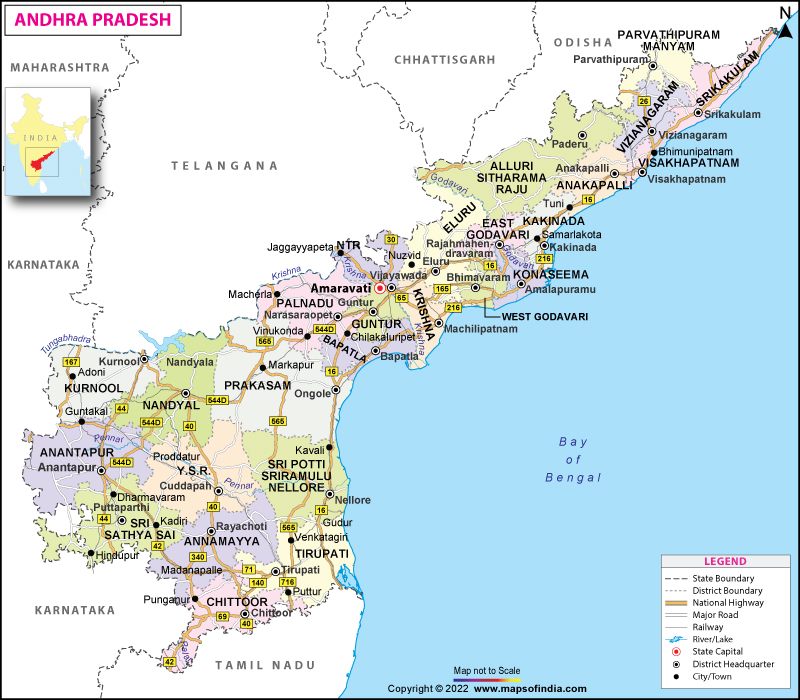Village Map Andhra Pradesh Capital
The village is a part of Andhra Pradesh Capital Region, located 35 km (22 mi) west of the foundation stone of Amaravathi laid at Uddandarayunipalem. Amaravati, the capital of Andhra Pradesh derives its name from the village. It is a heritage town and was the capital of the Satavahana Kingdom. Amaravathi: Ancient City Rebirth as Modern Capital of Andhra Pradesh; Amaravathi is the capital city of the Indian state of Andhra Pradesh. The city is located on the southern banks of the Krishna River in Guntur district with in the Andhra Pradesh Capital Region.
Zawgyi one free download - Zawgyi Fonts Free, Zawgyi One Mayanmar Fonts Style, Zawgyi One Fonts Style, and many more programs. Zawgyi One Oppo - Myanmar. Free Zawgyi One Oppo - Myanmar. Myanmar zawgyi one ttf download. Zawgyi One Font Myanmar Software Halftone font - Pack 134 v.1.0.0 100 Halftone shapes in one font 100 Halftone shapes in one font along with bonus eps designs, for commercial use, royalty-free. Zawgyi myanmar fonts free free download - Zawgyi Myanmar keyboard, Zawgyi Myanmar keyboard, Zawgyi Myanmar Keyboard, and many more programs. Zawgyi One Oppo - Myanmar. Free Zawgyi One Oppo.
Land Relief, drainage, and soils The state has three main physiographic regions: the coastal plain to the east, extending from the Bay of Bengal to the mountain ranges; the mountain ranges themselves, the Eastern, which form the western flank of the coastal plain; and, in the southwest, the plateau to the west of the Ghats. The coastal plain, also known as the Andhra region, runs almost the entire length of the state and is watered by several rivers, flowing from west to east through the hills into the bay. The deltas formed by the most important of those rivers—the and the —make up the central part of the plains, an area of fertile alluvial soil. Coastline of Andhra Pradesh, India Coastline of Andhra Pradesh, India, near Visakhapatnam. © Ashvin Mehta/Dinodia Photo Library The are part of a larger mountain system extending from central India to the far south and running parallel to the east coast. Interrupted by the great river valleys, the mountains do not form a continuous range. They have highly porous soils on their flanks.
Ms dos bootable disk. Microsoft DOS 6.22 was the last standalone version from Microsoft. It was also the last from Microsoft to run on an 8088, 8086, or 286. 6.22 adds DriveSpace, a replacement for DOS 6.20's DoubleSpace drive compression that was removed in 6.21. MS-DOS Boot Disk Download These are the MS-DOS boot disk images available from AllBootDisks. Download the diskette image you need, and if you need assistance creating a bootable diskette from this image, visit the how-to page.
The plateau region in the southwestern portion of the state—part of the (peninsular India) and commonly called Rayalaseema—is composed of gneissic rock ( being a foliated rock formed in Earth’s interior under conditions of heat and pressure). It is highest in the far southwest, where elevations exceed 2,000 feet (600 metres), sloping downward toward the northeast. The forms the main drainage system. As the result of erosion, the plateau is a region of graded valleys, with red sandy soil and isolated hills. Black soil is also found in certain parts of the area.

Penneru River Penneru River, Andhra Pradesh, India. TPN Reddy and tvjagan Climate A summer that lasts from March to June, a season of tropical rains that runs from July to September, and a winter that lasts from October to February the three seasons of Andhra Pradesh. Summers are extraordinarily hot and humid, with maximum daily temperatures exceeding 95 °F (35 °C) and even surpassing 104 °F (40 °C) in the central portion of the state. Summer nightly minimums drop to below about 70 °F (20 °C) only in the far southwest. Winters are somewhat cooler, with January maximum temperatures between 86 and 95 °F (30 and 35 °C) in all but the northeastern portion of the state. Winter lows drop below about 60 °F (15 °C) only in the extreme northeast. Annual precipitation, which derives largely from the southwest rains, generally decreases toward the southwestern plateau area.
Coastal areas receive about 40 to 47 inches (1,000 to 1,200 mm) per year, while the westernmost part of the plateau may receive only half that much. Rainfall totals in portions of the northeastern mountains exceed 47 inches and can be as high as 55 inches (1,400 mm). Plant and animal life swamps and palm trees fringe the coastal plain of Andhra Pradesh, while thorny vegetation covers the scattered hills of the plateau. About one-fifth of the state’s total area is forest-covered, with dense woodlands occurring primarily in the Eastern Ghats. The forests consist of both moist deciduous and dry savanna vegetation;, rosewood, wild fruit trees, and bamboo are plentiful.
